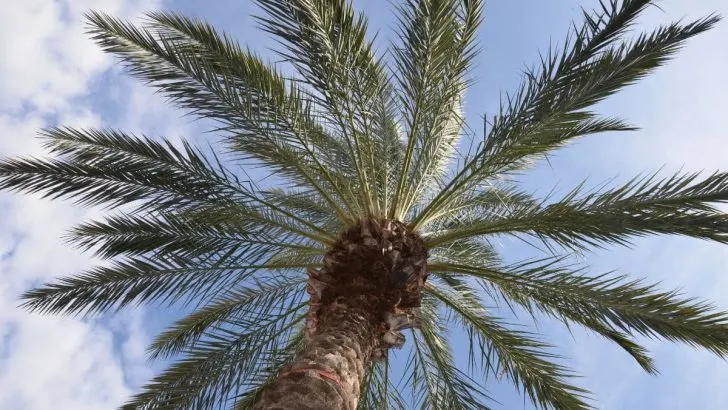Once you learn the care guide for a royal palm tree, it will soon become a new plant in your garden. The growing habits of a royal palm are simple, unique, and interesting.
Besides its amazing foliage, this is another reason why so many people choose this plant for their gardens. When yellow flowers bloom in the spring, you’ll fall in love with the plant once again.
Mostly found in Southern Florida, and South America in general, these plants will make your yard sparkle with elegance and class. You’ll see them in most coastal landscapes for a reason.
Let’s dig deeper into this topic and find out everything about royal palm trees.
About Royal Palm Trees
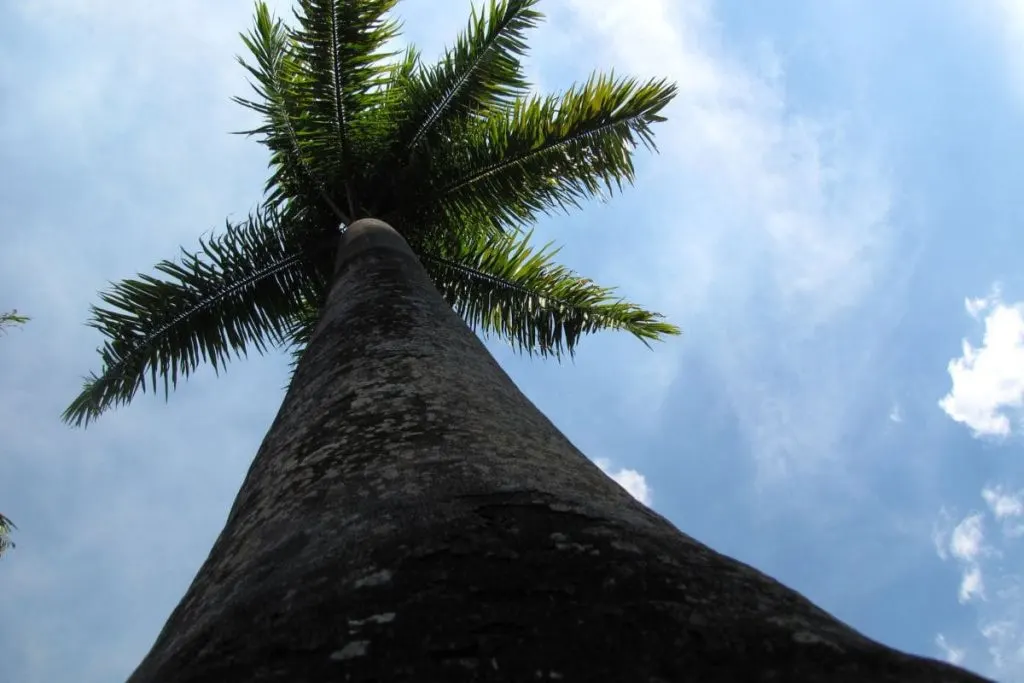
It’s easy and simple to say that royal palm prefers acidic soil and regular watering. But still, that won’t be enough because we want to learn the botanic features of a royal palm tree.
Below we bring you some basic information about this beautiful palm tree. Let’s find out what this self-cleaning palm can do.
- Native habitat: Florida, California, Hawaii, Guinea, Caribbean Islands
- Family: Arecaceae
- Botanic name: Roystonea Regia, similar to roystonea elata
- Common names: Cuban royal palm, king palm trees, Caribbean palm
- Flower shape: star-shaped, upright
- Leaf shape: V-shaped
- Toxicity: nontoxic
- Wildlife: royal palm bug, butterflies, hummingbirds, insect pests
- Hardy zone: USDA zones 10-11, poor cold tolerance
How Long Does It Take To Grow Royal Palms?
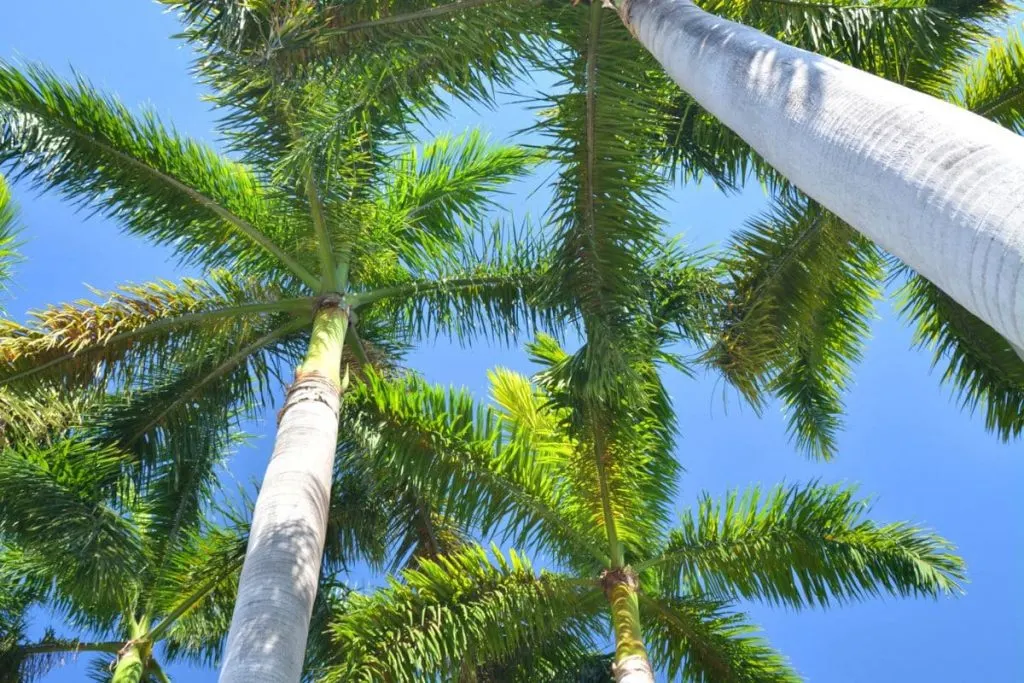
To grow royal palms to their mature height, it takes around 10 years. Their maximum height can reach around 60 to 70 feet when grown in good conditions.
They grow from 1 to 2.5 feet per year, another thing that also depends on the growing conditions and care guide. Roystonea regia is considered to be a moderate to fast-growing palm.
What Is A Lifespan Of A Royal Palm?
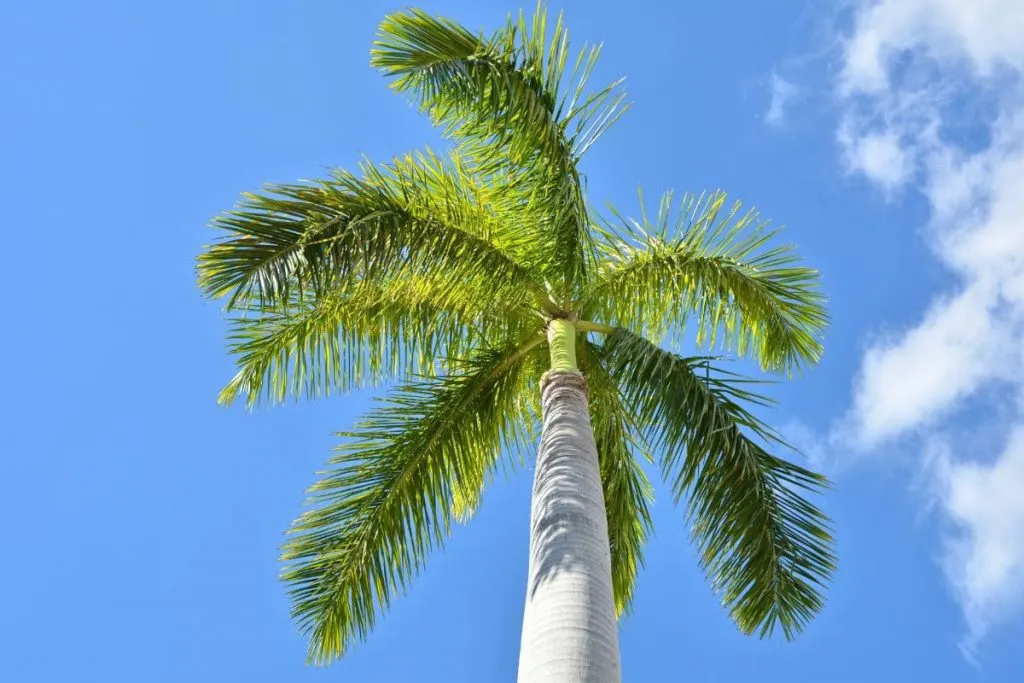
These palms can live for over 100 years. The oldest royal palm tree that crossed a lifespan of 100 years was Nelson’s palm.
This was documented back in 2003. This is also another thing that much depends on the growing conditions.
This palm was in its natural habitat and had lots of sun, good soil, and regular watering. Who says you can’t pass your palm tree from generation to generation? Of course, you can!
Care Guide For Florida Royal Palm Tree

The time has come to learn the unique care guide for these royal palms. What we said above might’ve been enough for some people.
But knowing a care guide for any plant in detail will help you grow it much better. Palm will stay in better shape, its health will be better, and much more.
Let’s check out its care guide then.
Royal Palm Tree Light Needs

It must have already become quite clear that palm trees grow best in the sun. You will rarely see a palm tree in a secluded place in the shade.
If you can see it, that location still has sun, at least in the morning. This palm tree needs at least 5-6 hours of sun a day.
Plant it on the east or south side of the house, if you have a garden around its entire surface. If you don’t have one, then find a location that has a sufficient/favorable amount of sun for this plant. Partial shade is good for them for a few hours in the afternoon, but don’t stress about it.
It is better that the whole bottoms are in the sun than to be guided by shady conditions. When the sun goes down, until the next morning, the plant will have enough time to rest from the sun’s rays.
Watering Schedule – Royal Palm Tree
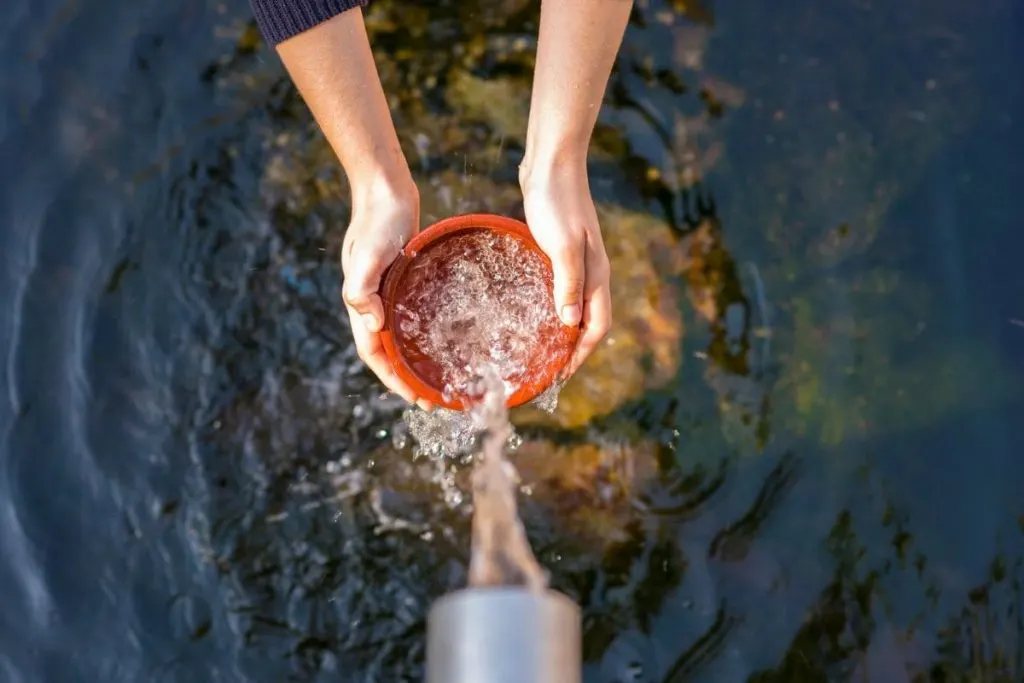
In the beginning, we already said that this plant is best suited to a regular watering schedule. What does he mean by that?
This means that all palm trees like a moderate watering schedule. This means you should water your palm around every 7-8 days.
Foxtail palm, coontie palm, and other types of palm trees in California and types of palm trees in Florida all have a very similar watering schedule.
But how to water this plant? It is best in the morning, while the sun has not yet risen. If about 10 days pass without watering, pour half a gallon of water. If 7 days pass, a third of a gallon.
However, this is not a permanent unit of measurement either. A young plant and a mature plant do not have the same water needs, so be guided by that.
Royal Palm Tree Soil Type

In order not to hesitate for a long time, it is best to buy sandy soil for this plant. All palm trees grow best in sandy soil. It is a suitable well-draining soil for them and retains moisture the longest.
In tropical regions where these plants grow, this is one of the most important factors. You can also combine the soil with peat moss soil or perlite. But just a little so that the acidity does not prevail.
What Is The Best Fertilizer For The Royal Palm Tree
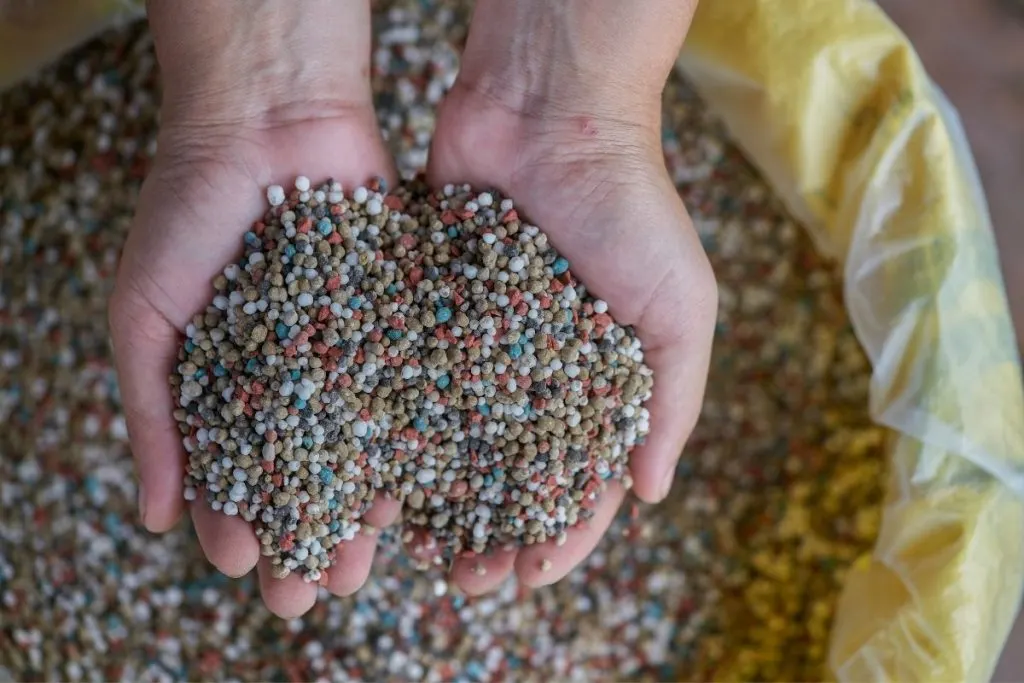
These palms are not heavy feeders, so you don’t have to worry much about fertilizers. It is best to add organic matter to their soil immediately after planting.
But if you are not in favor of that option, then fertilize them before flowering in spring and early summer.
Buy a suitable palm fertilizer, specifically for palms, or a 2-3-1 fertilizer. You can also use liquid fertilizers for this palm tree.
Temperature and Humidity
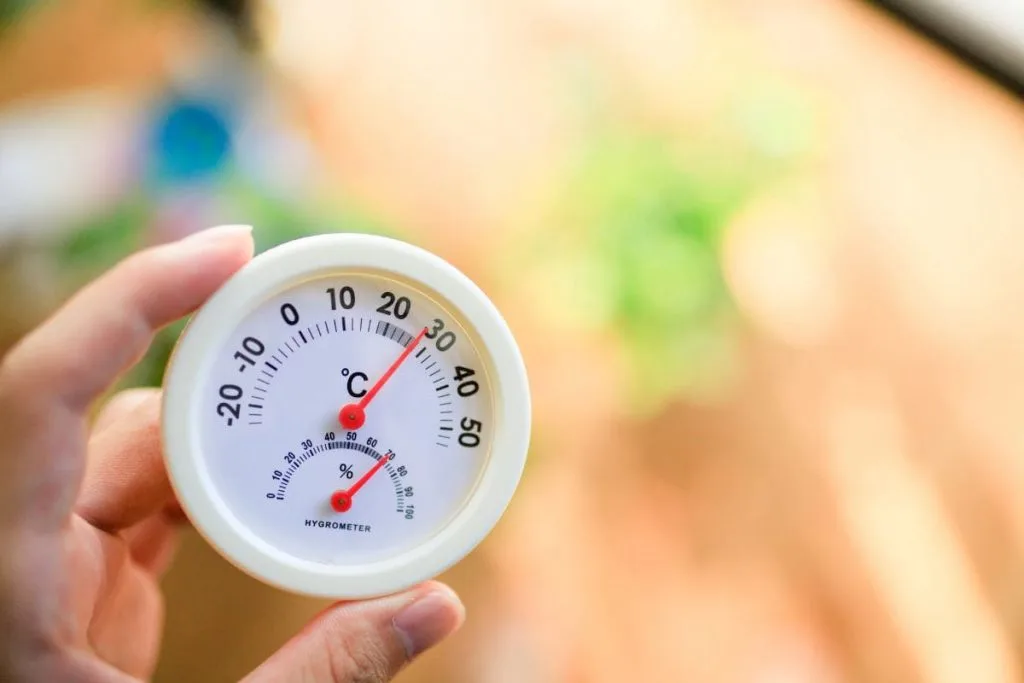
The temperature for tropical plants, including palm trees, should be between 65 and 80 degrees Fahrenheit.
This is the ideal temperature ratio for these palms, and any palms in fact. These plants are not cold tolerant and you will easily notice their shortcomings in the cold.
Cramped appearance, leaves that are definitely not flattering at all, the shine of the leaves is almost non-existent, etc. The plant will simply look less healthy.
Air humidity is best when it is similar to the air humidity of the palm’s natural habitat. In California, Hawaii, and Florida, the average humidity there is between 60 and 70. Go with that. This is the ideal humidity ratio for this palm tree.
Pruning and Propagation Of The Royal Palm Tree
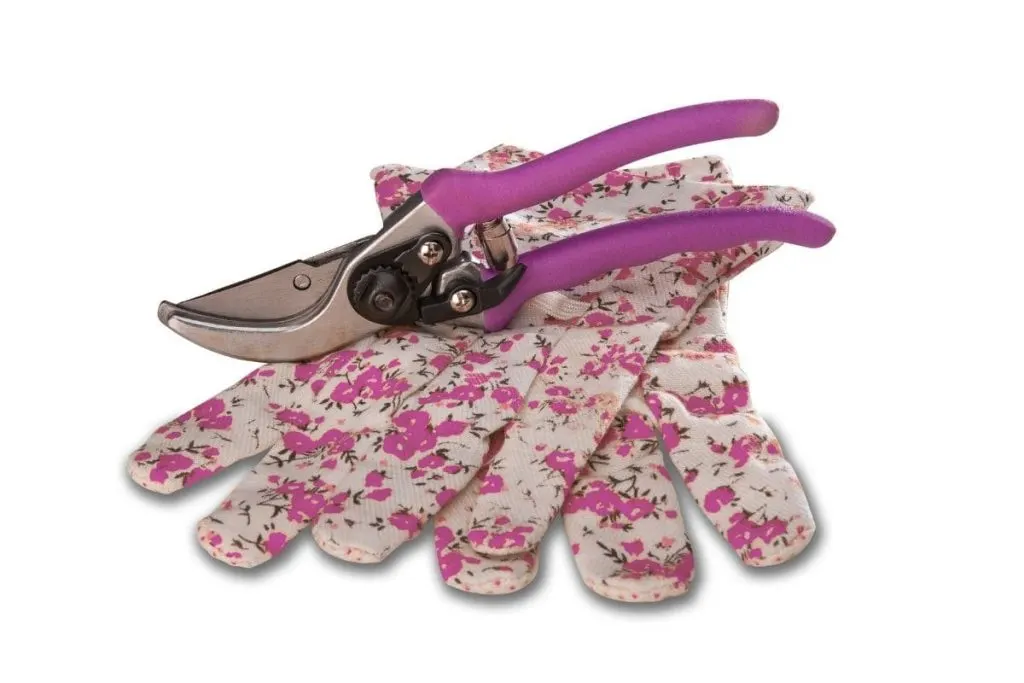
When the palm fronds turn completely brown, prune them. Make sure to make sure they are all brown so you don’t remove healthy parts of the plant. Also, in case of damage caused by palm pests, prune the palm.
This plant is propagated by seeds. It is collected in late summer from the fruits of this palm tree. Store them in a dry and dark place until spring, i.e. until planting.
Wrapping Up About The Royal Palm Tree
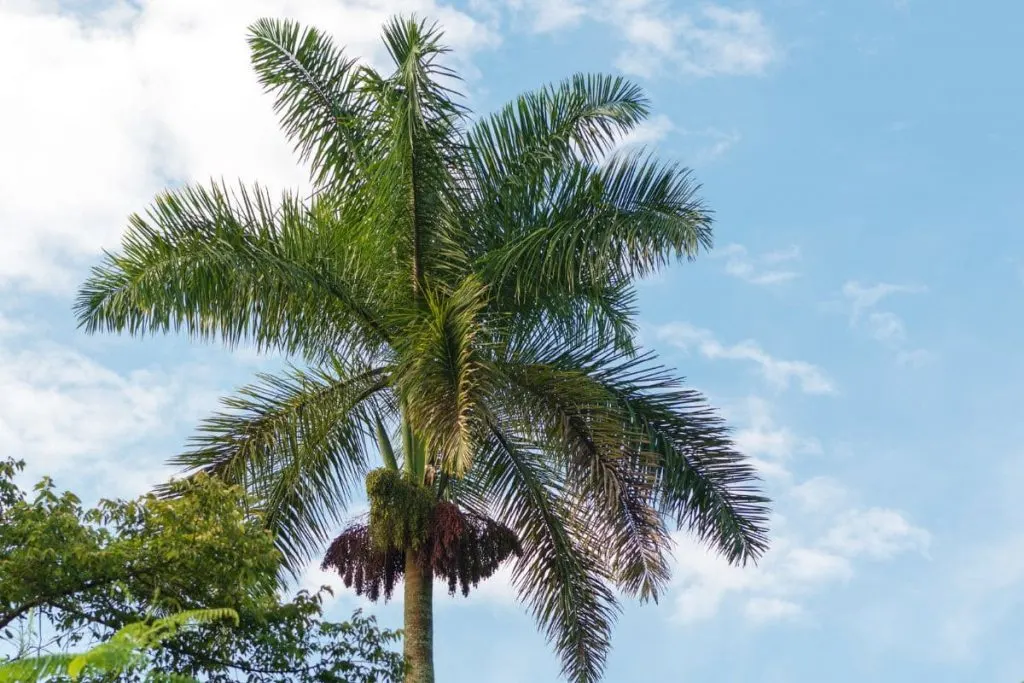
In today’s article, we learned everything about the royal palm tree. Unlike other palms, this large-stature palm has much more pros than cons. I’m sure you’ve seen all of them in our article.
It does have many pests, but it is very easy to get rid of them. Time symptoms will easily show you what you have and what to do.
What you need is well-drained soil, and a regular watering schedule and its fronds will be happy.
Make sure you remove old leaves in the fall and then expect the fruit the next spring again. When you want to spread more of these amazing palms, you know what to do, propagate them with seeds.
That is all for today my dears and darlings, see you tomorrow with similar topics.

